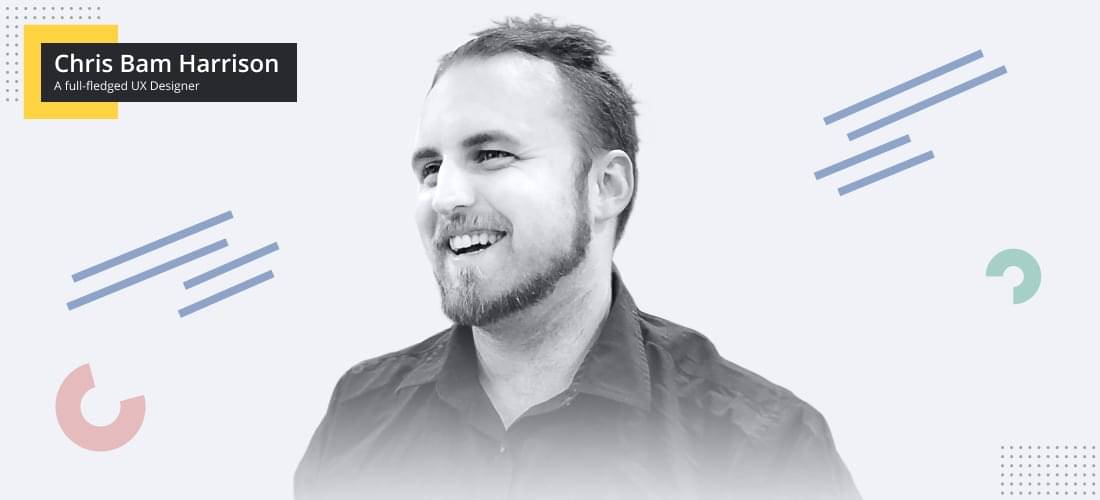Creator Series, Ep. 1 – Meet Signe Roswall
From digital product design to branding and print, Signe’s work speaks for itself. Her inspiring talk “Stop Complaining; Start Designing” at Push Conference 2018 got us super excited here at Prototypr, so we couldn’t go without inviting her to our Creator Series.
If she had to be a mix of two animals, she’d be a CatBat: a Magical Creature of both Terror and Intrigue! In her own words “Full extent of weirdness: officially established” 🤓✅. So, watch out for this interview!

Letter
1. Signe, for those who are not so familiar with your journey and your work, can you tell us a bit about yourself?
Sure thing and hi! 👋 My name is Signe [SIGG-neh] and I’m 27 years old.
I live with my boyfriend in our house out in the beautiful, Danish countryside west of Copenhagen. A few years ago when I was trying to break through as a freelance designer I redesigned a mobile train ticket app. This was partly out of frustration with the new design just released for it, but also to keep myself from going crazy about not having any work. *whispers:*Workaholic.*
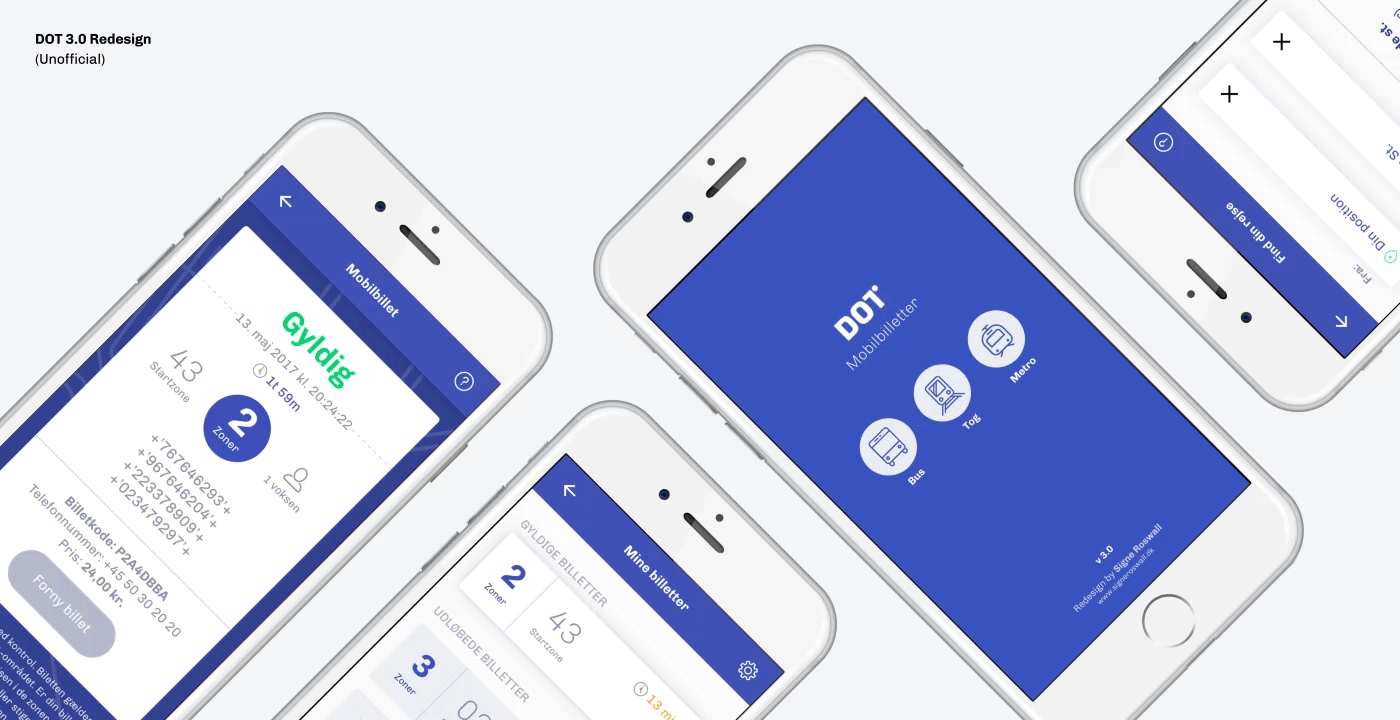
I wrote an article about the redesign and thanks to Prototypr and Graeme who published it, it got a whole lot of attention.
Since then I’ve continued writing about my work with design and usability, as well as work ethics and the creative industry, most recently questioning design tests as part of the hiring process in “How to Ace the Design Test”.
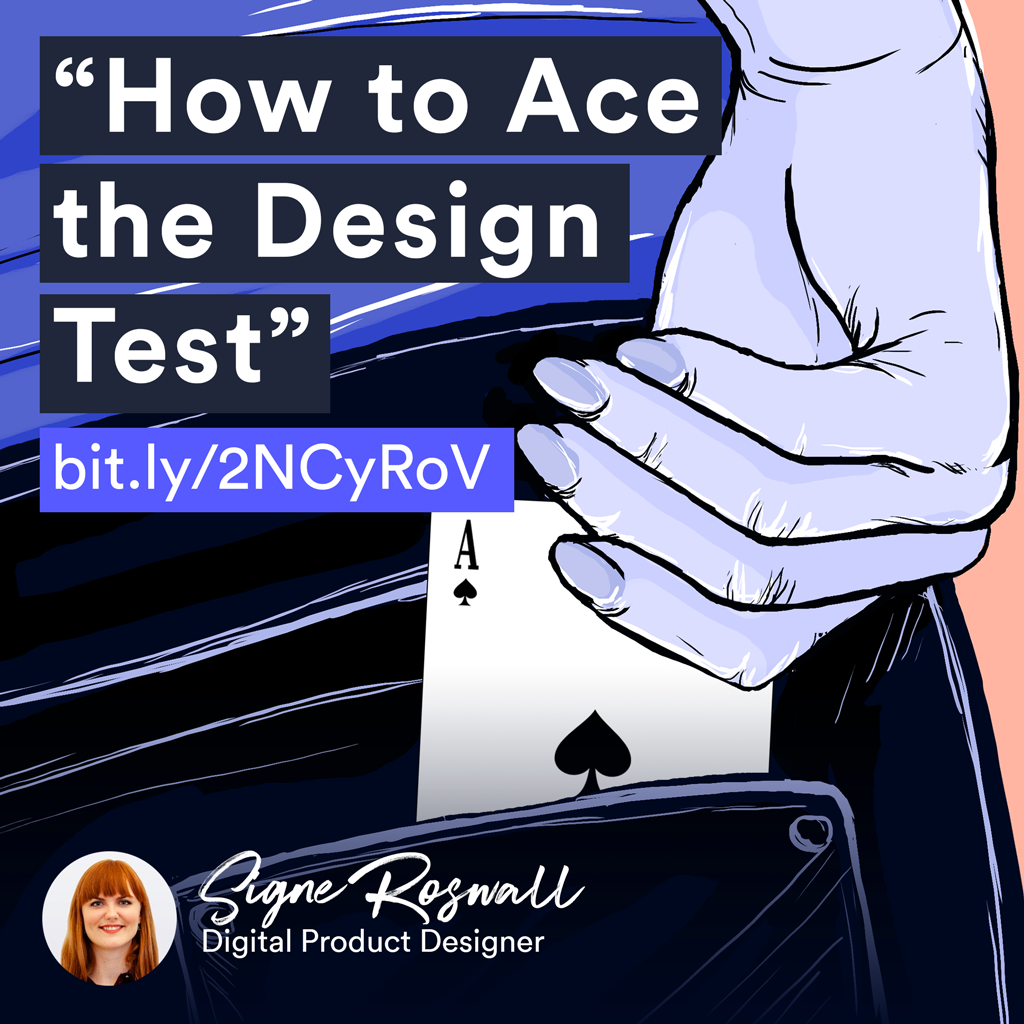
2. You describe yourself as a full stack designer. I’ve heard from other colleagues in the industry that being a hybrid can sometimes be a barrier to career progression, as most career paths tend towards specialization. What’s your take on that?
Well, I’ve actually worked more specialised with product design for a while, so I don’t really consider myself full stack anymore, especially since I no longer code. Eventually, I realised I just couldn’t maintain that many disciplines all at once. But I wouldn’t call it a barrier exactly, because it also entirely depends on where you (want to) work at — and how.
It’s a matter of finding your own, preferred balance and a company to match it. I believe the only way to do that is to just try different things and find out what you enjoy the most.
Starting out as a hybrid has proved to be the best way for me. I wouldn’t have become a good designer without first becoming a good developer because knowing how to build stuff means you know how not to build it. You won’t design solutions that’ll make developers cry out in their sleep at night; “WHYYYYYY?!?!?” And you’ll lean towards solutions that are realistic. “Does that not kill innovation?” You might ask, and no — I don’t believe it does, it just makes it achievable. Having a technical understanding also helps a great deal when trying to determine the feasibility of a solution.
We’re all out there insisting we know who we design for and I’m totally onboard with that — but I also believe in knowing what we design for.
3. So, going back a couple years, how did you get into design?
I started out studying web development and worked as a student web- designer and developer. That was back in 2011 when Bootstrap was all shiny and new. Afterwards I continued into a graphic design education, working both as an apprentice and freelance on the side. But what they were teaching at school wasn’t what I needed to know, so about half-way through I decided to quit it and got my first “real” job as a UX/UI designer in a start-up while plotting to become a full-time, independent designer.
4. Did anything in particular inspire you to follow this track?
I’ve always pursued design more or less… but yes, one specific project actually does come to mind. I was apprenticing in an animal welfare organisation when one day I came to work and was told they wanted to make an app. It was a pretty crazy idea really because none of us had any experience with apps at all. Being the only one with just an inkling on how to go about it, I got to work on it exclusively and ended up actually designing the “Animapp”.
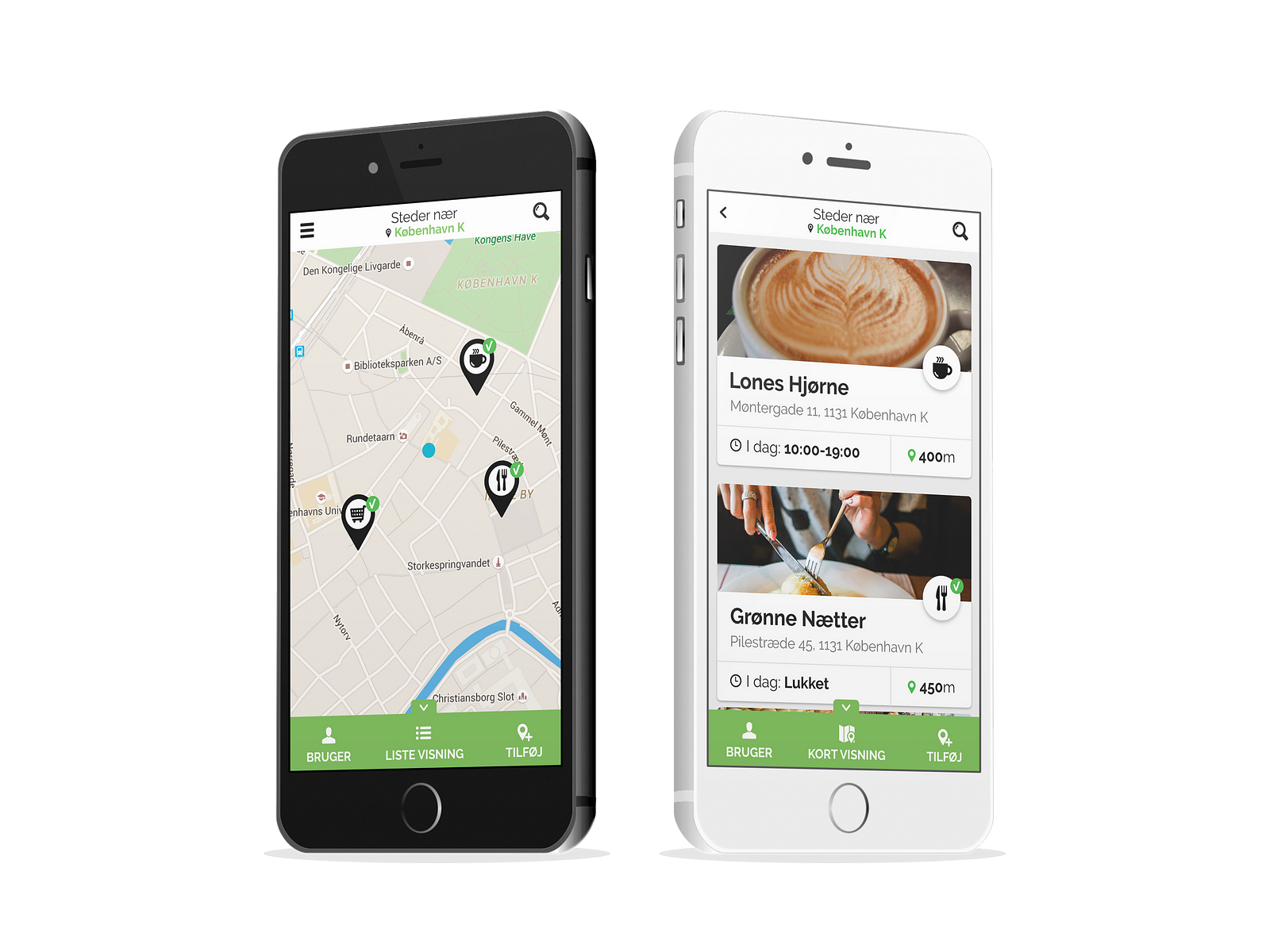
In every step of the process which involved strategy, architecture, user interviews, interface design, prototyping, user testing and developer handoff, I only had some idea of what I was doing. But I was absorbing all the knowledge I could possibly find on app design through articles, books and from other designers. It was one of the most fun and challenging projects I’d ever done. And I experienced first-hand how important it is to involve real people when designing a product, as well as the huge difference that makes for the design.
5. You’ve done some freelancing throughout your career. I’d say creative jobs are prone to this type of work. Any major challenges you’ve come across?
The biggest challenge as a freelancer in the creative industry in my opinion is actually getting paid for your work. For some reason there’s this general, growing misunderstanding that a professional delivering a service shouldn’t be rightly compensated for it — with actual moneyI should add.
The foundation of a working relationship is a fair wage for a fair day’s work. Call it old-fashioned, inflexible or a disagreeable attitude but I decided long ago I only work for myself for free. Exposure is nice but does it pay your bills?
Saying no to free or underpaid work raises the value for everyone in the field, whilst helping you understand your true worth at the same time. As a freelancer just starting out, you need that.
General rule of thumb; the right companies won’t have any issue paying you for your expertise. If you need help wording a refusal to a client don’t worry, Jessica Hische got your back.
“I’ve created this handy tool to help you say “no” to free and low-budget work and to help ask for more favorable contract terms before the start of a project.”
Jessica Hische
6. A lot of us tend to believe in freelancing as a good way to get experience. Would you recommend it to someone entering the industry?
Freelancing is great for one thing in particular: fucking up and having to quickly adapt and learn from your stupid-ass mistakes.
As a freelancer you will make a lot of stupid-ass mistakes. You’ll also be taken advantage of and end up in some pretty crappy situations. Many people will assume you’re desperate enough to work for reasons that don’t involve any payment and the worst part is — some days you will be. When you seek help from other designers, some will give you really bad advice like; “we all worked for free in the beginning, that’s just how it is”. You’ll grow your own, personal Bullshit-Meter and most days it’ll be filled to the very brink, about to explode.
But you’ll also learn about your rights, become confident enough to exercise them and remember them when you make contracts. You’ll figure out how to say “no” to unserious clients, and negotiate a good price for your work with the serious ones. But most important of all, you won’t be afraid to talk about moneylikemany designers are today, despite it being the sole reason we even work. You’ll be better equipped to deal with the business of design becausedesign is business.
So yes, I would recommend it to someone entering the industry but also have to say it’s not easily done. Take care of yourself and your fellow designers — work together instead of against each other. And look out for landmines.
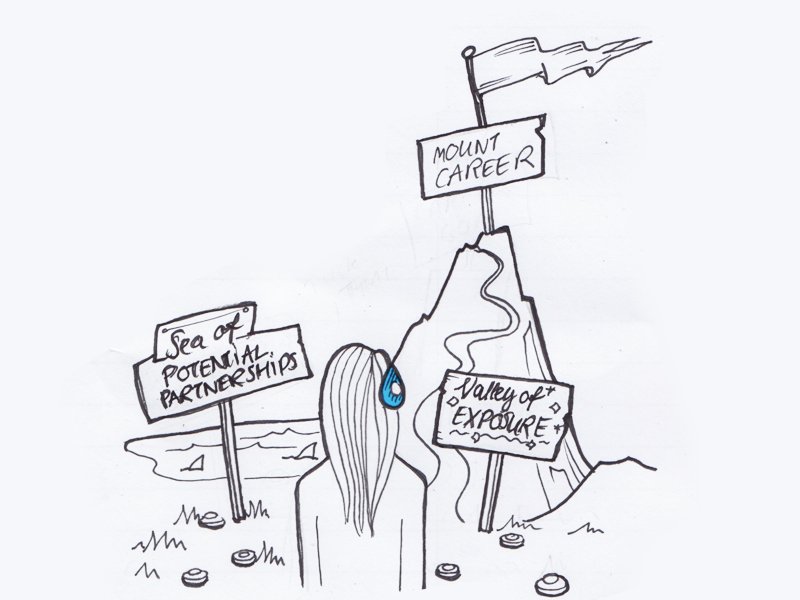
7. What’s in your toolbox?
Very recently I waved goodbye to Adobe after almost a decade of being a loyal, Adobe-suite-slave — thanks to Figma. But I still swear by the good old pen and paper or a large whiteboard and a handful of colored markers. I don’t really do anything out of the ordinary tool-wise because I’ve found more often than not, you don’t really need a new tool — you need the right process. Or just a calendar notification reminding you to do that thing you gotta do.
8. On your work, any side projects you’re currently working on?
I’ve always loved drawing or painting and in more recent years I’ve become a fan of riding a motorcycle as well. So the big side project this winter was re-painting my Yamaha Virago 535 from 1994 in matte black with white roses, which was quite the challenge. But having something different to do helps me remember I’m also a person with a personal life. My work alone doesn’t entirely define me and isn’t all-consuming. The main reason I do it is to pay my rent and put food on the table. Also, motorcycle paint is pretty expensive! 😅
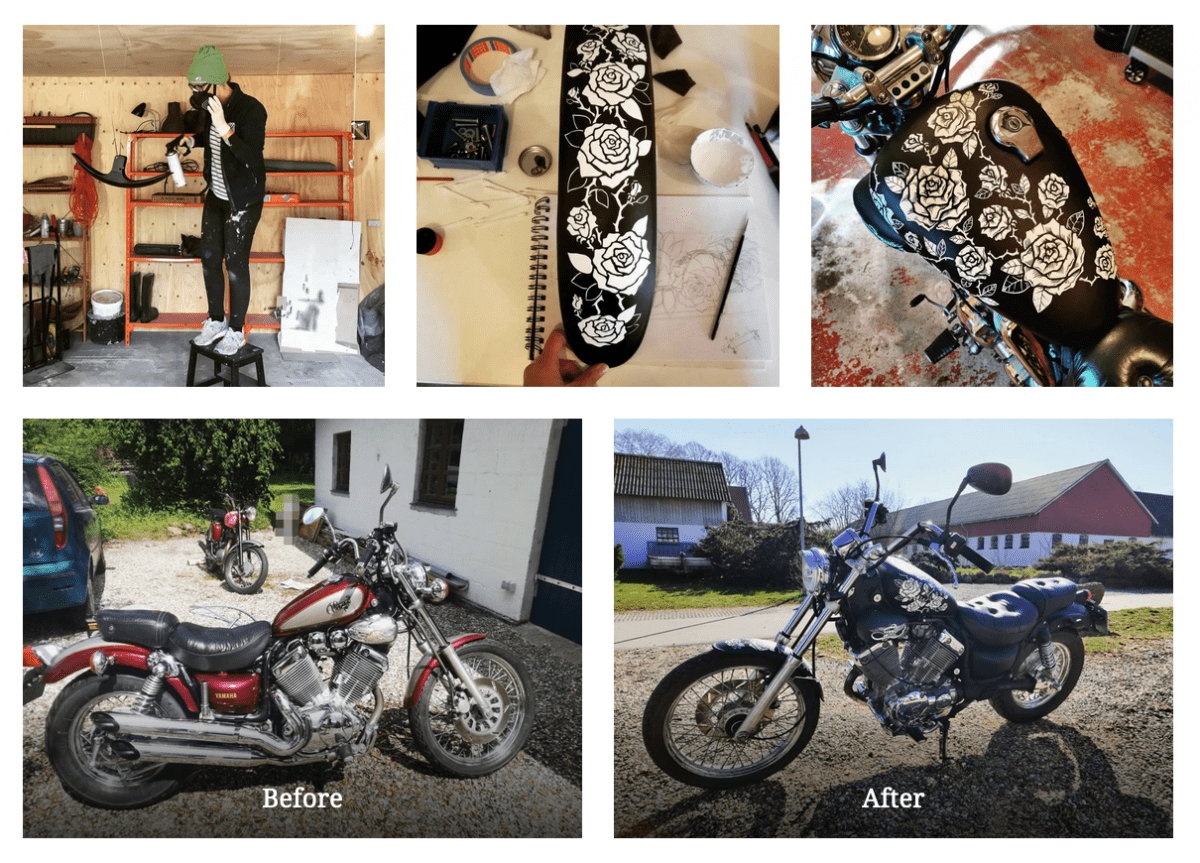
9. What projects have you worked on that you’re most proud of?
I’m very proud of the projects from my talk Stop Complaining, Start Designing; the Mobile Train Tickets app and Travel Planner app redesigns — in particular the last one. It was the first project where I let my own opinions inspire the feature I designed called “Explore”. And working that way made me realise that I couldn’t do “just” design; it had to be design with a purpose which resonates with me on a personal level. There’s an incredible power in combining your own world view with your work because it means you’ll be making designs that only you can create.
Is saving time then even worth our time? Traveling back and forth between the A’s and B’s of our lives, consumed with reaching goals or destinations and doing so effectively. We might even be forgetting about the value in the journey itself.
– in Travelling beyond A–B: Evolving a Travel Planner app (Rejseplanen)
10. Most impactful outcomes from projects you worked on?
In March of 2018 I set out to take a motorcycle driver’s license despite having lived with galloping, Generalised Anxiety for over a decade now. One year later, in March 2019 I sat down and wrote about it in the story “The Other Side of Fear”.

Taking the license was definitely the hardest, scariest thing I’ve ever had to do. It felt like the final boss fight at the end of a challenging level, where you’ve been getting your ass whooped most of the way.
Out of all the projects I’ve “worked” on, the toughest, and thus the most impactful one, has by far been the struggle for better mental health.
For me personally, facing my fears has helped me disprove them and start believing in myself again. I’ve also been fortunate to have people in my life who believe in me despite all my own doubts. People who were there at the right time in the right part of the journey. These days I get to ride my motorcycles (I have two now!) and sometimes even with barely any fear at all.
As for publishing the story about it, my father has always told me to be honest. I’m not sure this is what he meant exactly, that anyone with an internet connection can learn about my innermost deepest, darkest fear in a single click. But my point is we’ve gotten used to seeing a lot of what we want to see, and less of what we’d rather not see. And we haven’t been very honest about ourselves to others or to ourselves, even. Life isn’t your Instagram feed. Life is hard and the things you want the most are the hardest. Fortunately, there’s a lot more talk going on about life’s challenges such as mental illness, the loneliness of our “social” age and fear of failure. And that’s a good thing, talking about the bad stuff too is good — it’s important. I have a nephew who’s nearly two years old. If we continue to allow more honesty into the world, he might just grow up feeling a lot less crappy about himself than I did.
11. We loved your talk at Push Conference. How did conference speaking come about? Is this something that you still pursue? (think I remember reading you’re not too keen on public speaking?)
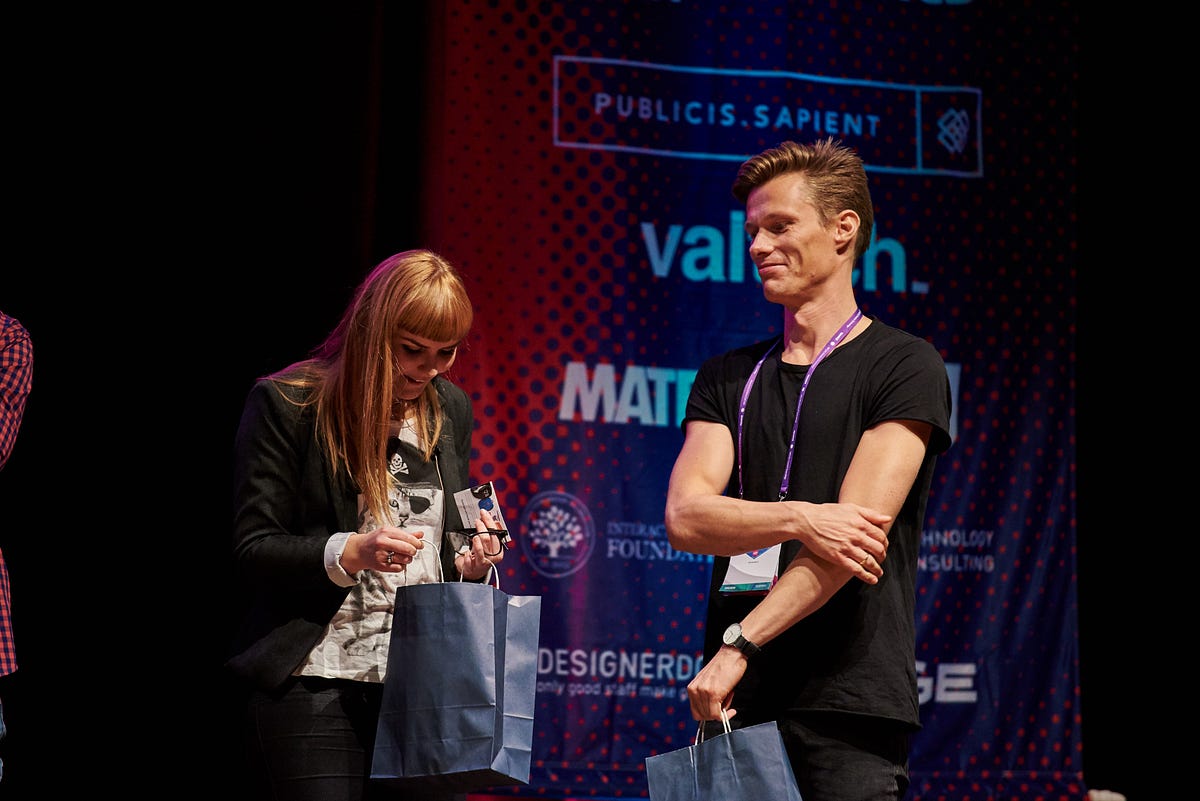
Thank you so much, I really enjoyed doing it, too! Well, I mean, I enjoyed it after it was over. Just before getting up there on stage to speak for the first time ever in front of a crowd of ~600 other designers, I honestly couldn’t quite decide if I was going to throw up or shit my pants. There was a lot of worry and doubt in the whole experience which is why I felt I had to do it, speaking of facing your fears and all that. But the feeling after was amazing, when people were actually applauding me. And the conference itself was just fantastic, I met so many inspiring people and made many, new connections — half of my LinkedIn feed is in German because of it. Sehr gut! 😂
Also: free loot! 😍
So yes, I’d like to do it again though I’ll probably be just as nervous next time!
12. $100 question. What helps you find your focus?
Listening to music usually helps me focus especially when I’m alone. But you can’t really be focused if you’re not also distracted sometimes so actually not being focused helps find my focus the most. Last summer I learned our hammock is exceptionally good for taking an afternoon nap after a long day at work with the bonus side-effect of waking up with a tan.
13. Anything else you’d like to mention?
I just wanted to say thank you for doing a spotlight on me and letting me share my opinions! If you’re interested in more I have a whole Medium profile full of opinionated articles. Shameless self-promotion — also another “injury” from my freelancing days 😉 Thank you! 👋

Read more from Signe in our blog →
Popular posts by Signe:
How to Ace the Design Test
Goodbye, Adobe.
Let’s redesign the entire platform, they said. It will be fun, they said.
Follow her on Twitter!
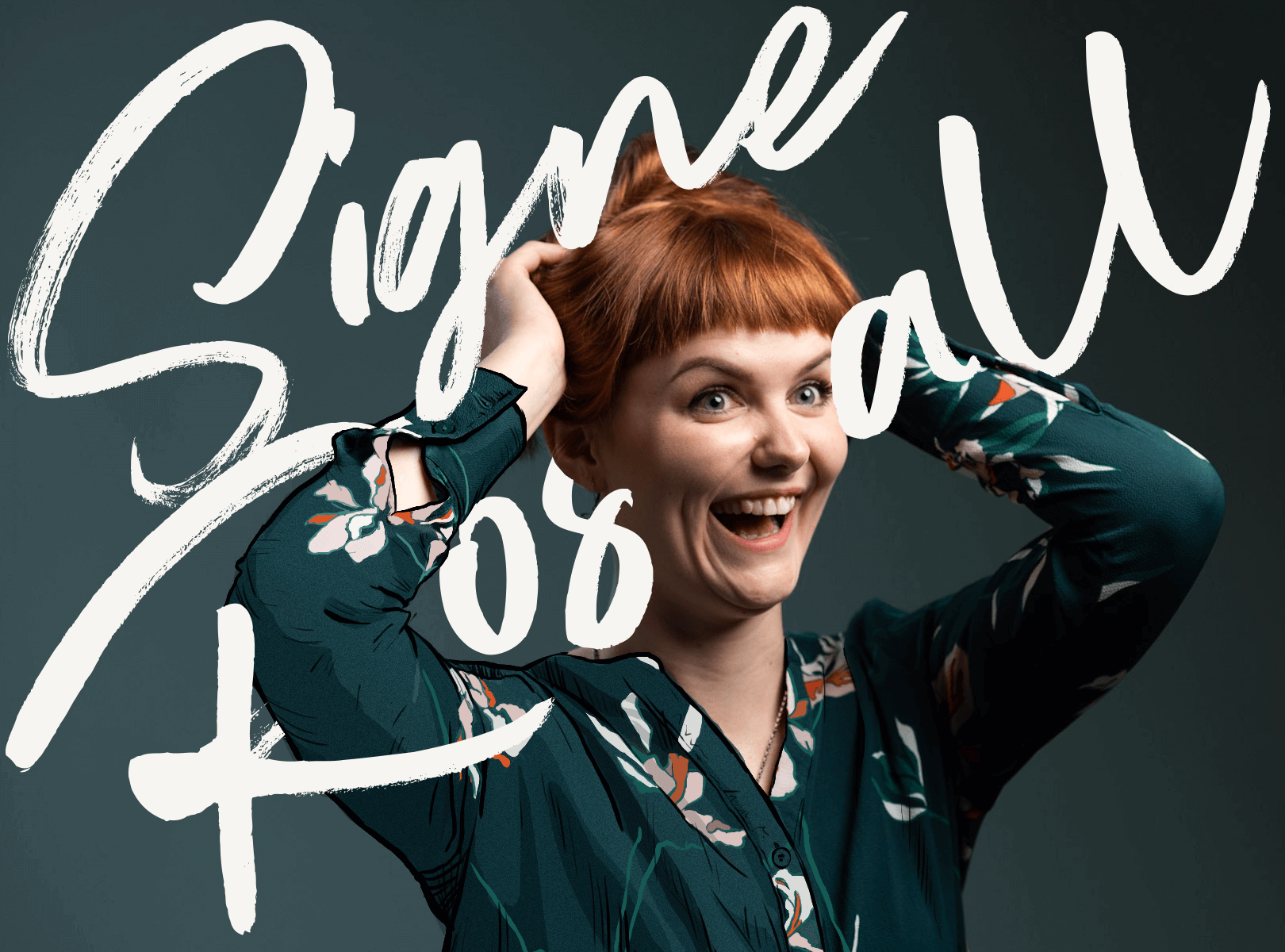
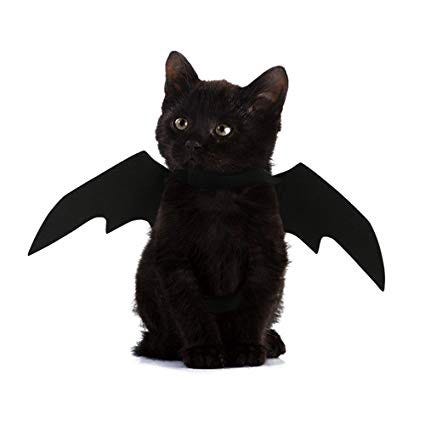
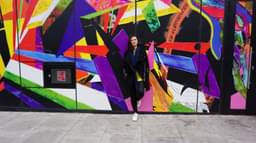
 Buy me a coffee
Buy me a coffee
